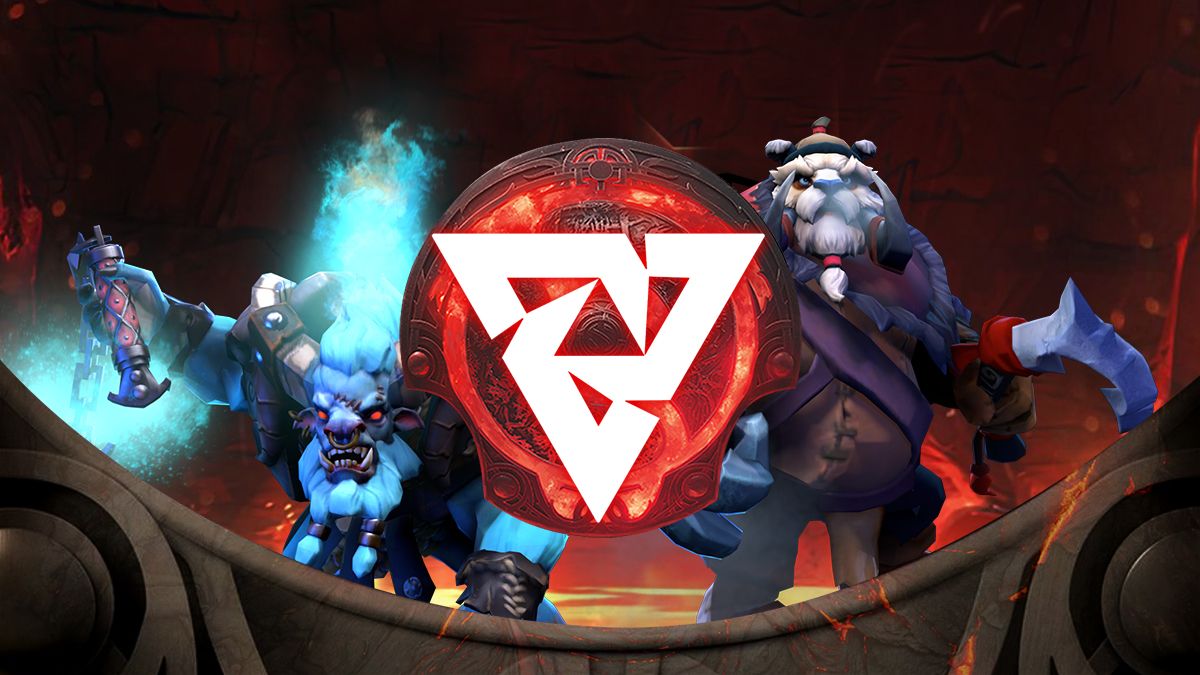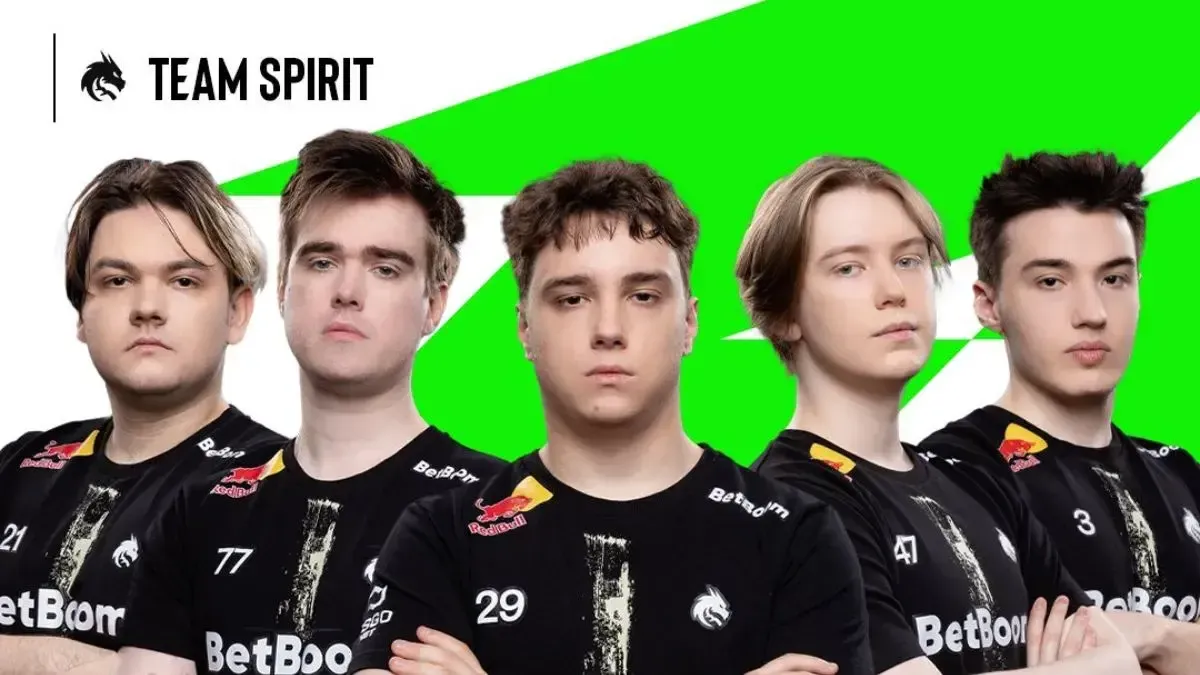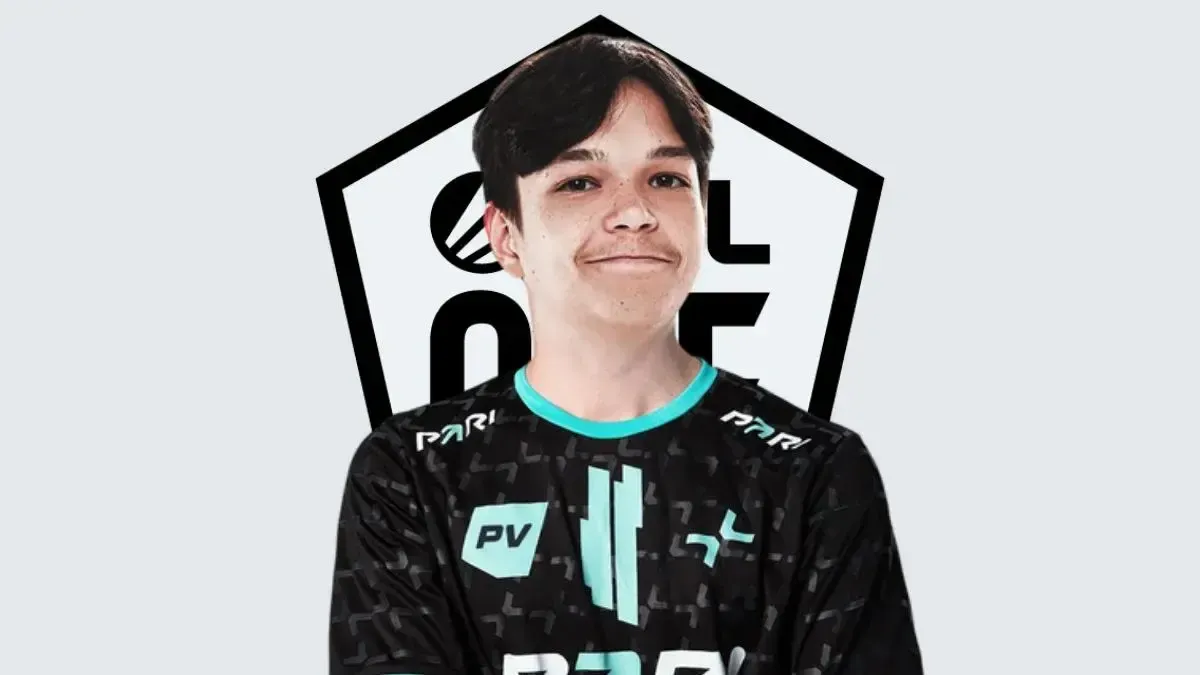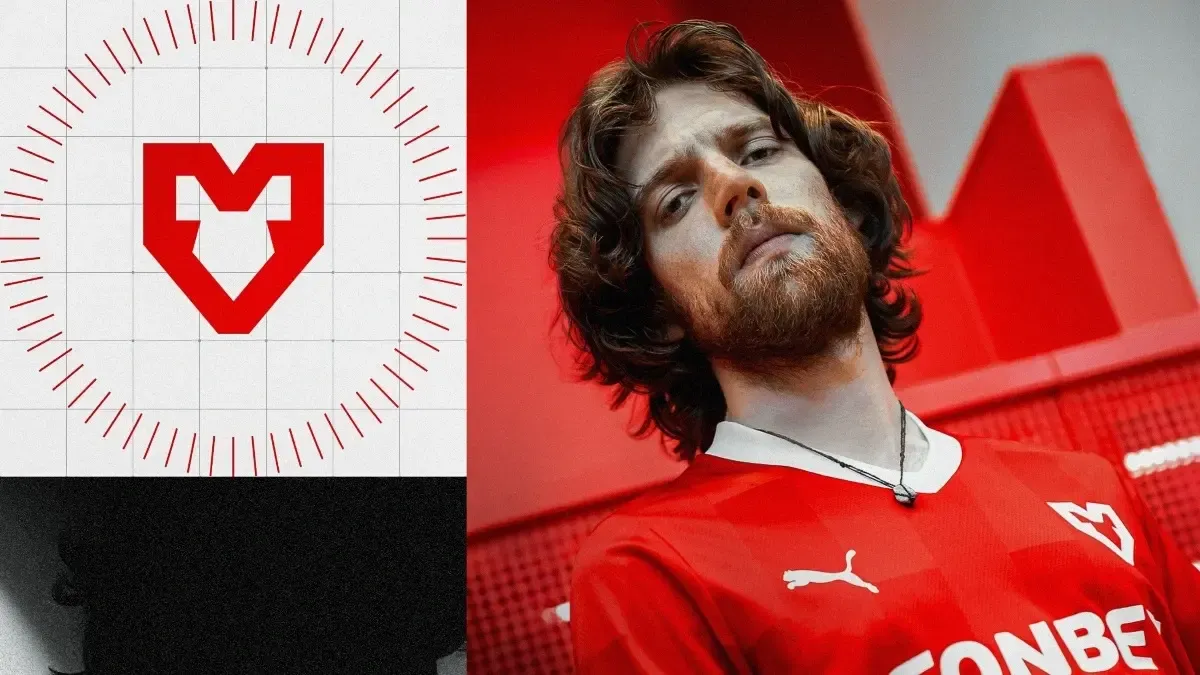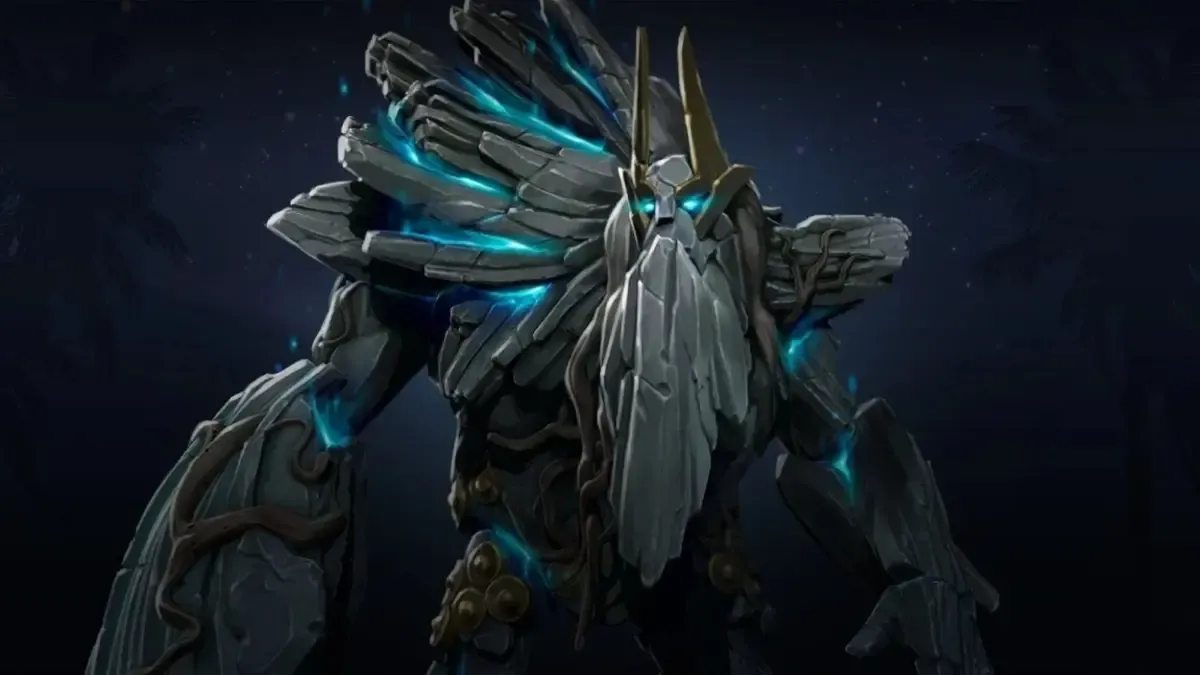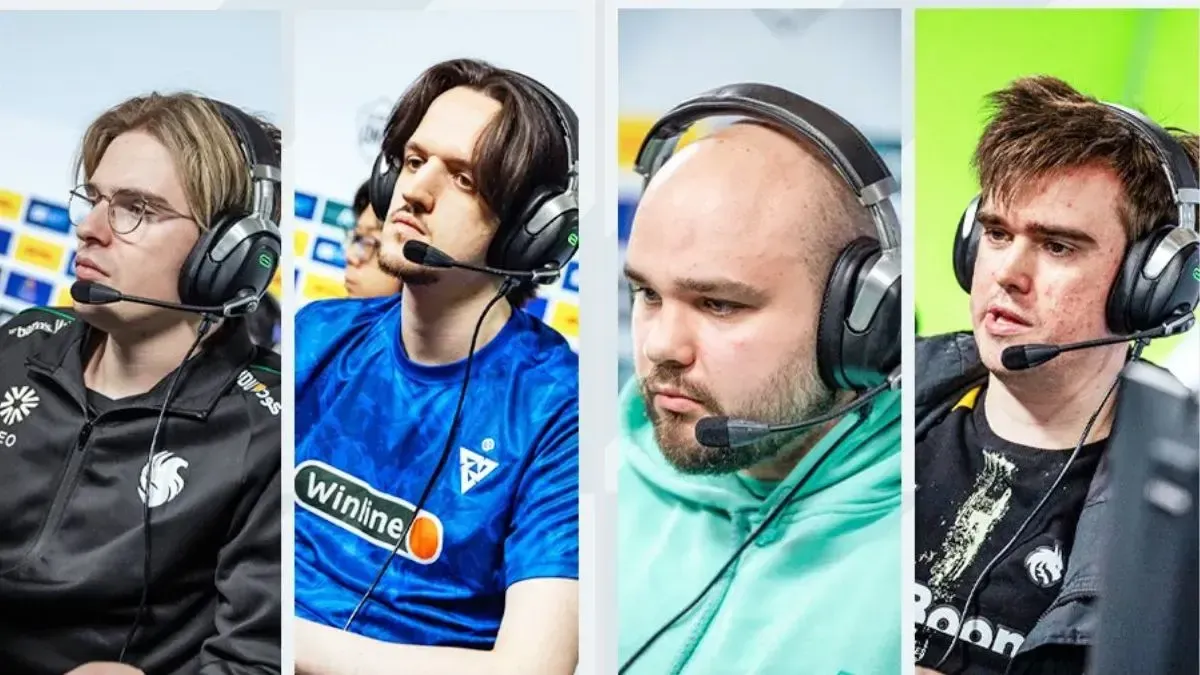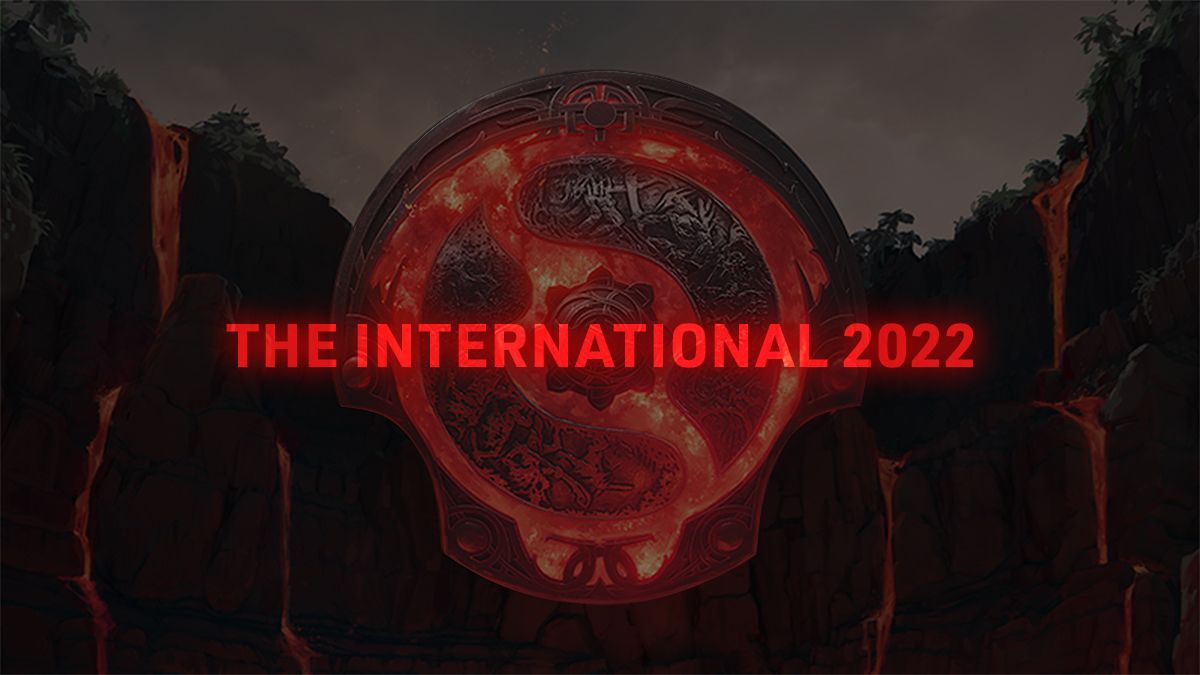Tundra Esports have been dominating their opponents with a playstyle unlike others. We take a deep dive into what they have been doing at TI11.
At every major Dota 2 tournament, there will always be a team or two that will go against the flow of the meta and stick to their own style. The best possible example is probably OG in their TI8 winning run, when they had their own version of the meta. That was definitely a success story, but it isn’t necessary that an experiment like that will work every time. But when it does and teams have a hard time figuring out how to unravel it, having a unique playstyle can be a massive advantage. That is the case of Tundra Esports at The International 2022 (TI11).
Tundra Esports won their group, finishing with 14 wins and 4 losses. The four losses were in series they drew 1-1, so no series was lost. Then in the upper bracket, Tundra chose to play OG and demolished the young side 2-0 to drop them down to the lower bracket.
There is definitely something striking about this Tundra side, and one of the things that are evident right away is the hero picks for their mid laner, Leon “Nine” Kirilin. His most played hero is Tusk with 5 games, and 4 of those have been wins. The next two are Primal Beast and Outworld Destroyer with 3 games each, and in the second game against OG, he even played a Spirit Breaker mid. So right off the bat, it is evident that Tundra give lower preference to farm heavy heroes like Ember Spirit, Leshrac, and Shadow Fiend in the mid lane. How does this shape their overall farm? To get to the bottom of that, let’s take a look at the farm distribution for the eight teams that made it to the upper bracket based on GPM and last hits.
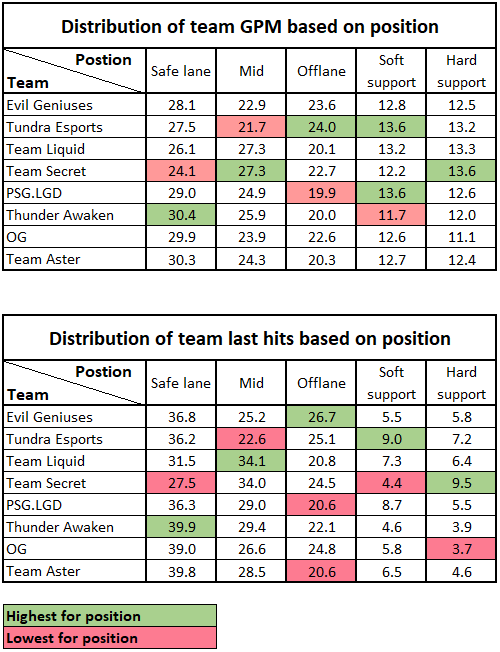
Tundra give their mid lane the lowest farm priority of all cores. With a 21.7% share of the team GPM and 22.6% share of the team’s last hits, Nine’s numbers lower than all other mid laners, and poles apart compared to others like Michael “miCKe” Vu of Team Liquid and Michał “Nisha” Jankowski of Team Secret. Those two teams have their mid laners as the position 1 player for a majority of the games, while Tundra plays their position 3 through the mid lane.
How does this help Tundra? With Nine on tempo controlling heroes like Tusk and Spirit Breaker, he can make moves to the side lanes a lot earlier and have a more significant impact. At the same time, all the farm that he isn’t taking is distributed to the offlaner, Neta “33” Shapira, and the two supports. Both, 33 and Martin “Saksa” Sazdov have the highest farm priority for their role of all the eight teams.
Here’s a look at the net worth stats at 20 minutes for the two games between Tundra and OG. In both of them, 33’s net worth is higher than that of Nine (that’s something everyone knows, 33>9). But the interesting thing is, even in the second game, where OG have a net worth lead of somewhere in the region of 2000 gold, Tundra’s supports still have higher farm than that of OG. That’s where the higher farm priority for supports shows. And this is something that the old, legendary, TI3 winning Alliance did. They prioritized farm on supports, which makes a much more significant impact than is caught by the casual observer.
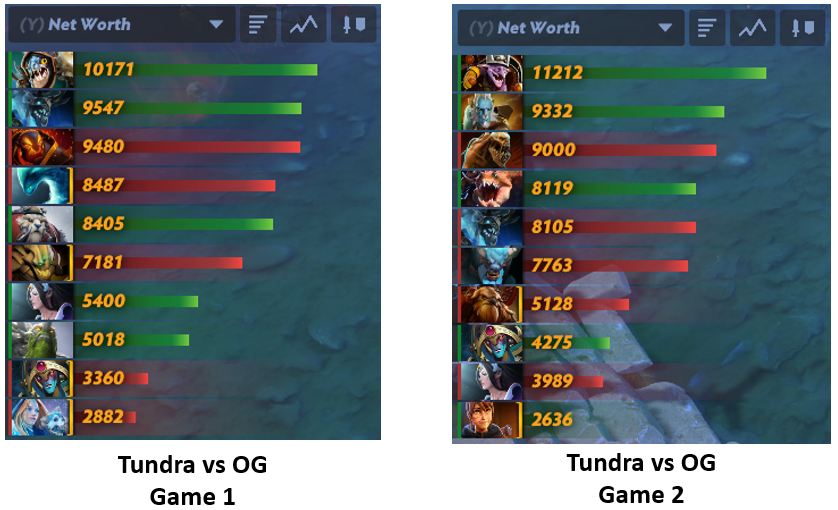
Now, where does the offlaner’s net worth go? In the case of Tundra, almost always in a Wraith Pact. Here is a look at the total Wraith Pact pickups for each of the eight upper bracket teams and the average time at which the item was picked up.
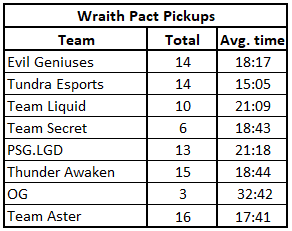
Not only do Tundra have a very high pick rate for Wraith Pact, their average pickup time is the quickest of all teams. Why does this happen? Because their mid lane is all over the map making moves while their offlane hero is farming a Wraith Pact. The earlier that comes online, the easier fights get for Tundra.
Another thing that can be seen is 33, just because he is getting more farm, won’t go the Ammar “Ammar” Assaf way of becoming a third core. Like can be seen in game 2, Ammar was on top of the net worth, and by a substantial amount, and he was not building any aura items. OG have their style of playing with three cores, but Tundra essentially play a 4-protect-1 style, with the offlaner still prioritizing team fight items even with the higher farm priority.
Is this the best way to play the game? Not necessarily. Team Secret, who heavily favor Nisha’s farm in the mid lane, are also in the top 6, just like Tundra. But not many teams can effectively play the position 3 role from the mid role. The mind again ventures to the TI3 Alliance team, where Gustav “s4” Magnusson often played the sacrificial role in the mid lane, while Henrick “AdmiralBulldog” Ahnberg took a lot more farm with heroes like Nature’s Prophet and Lone Druid. But we will know soon enough how affective the playstyle is, when Tundra take on Team Aster in the final game on 22nd October for a place in the top 3 at The International 2022.

